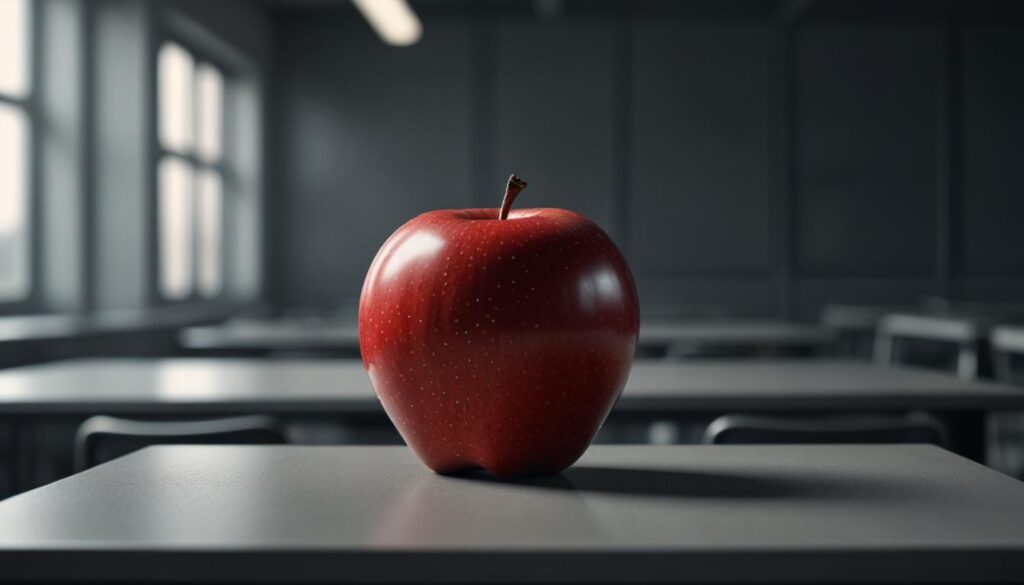Leila Wheless, a veteran teacher in North Carolina, faces significant hurdles as she attempts to integrate AI into her curriculum, highlighting wider issues in educational practices amid technological advancements.
North Carolina Teacher’s Struggle with AI in the Classroom Highlights Broader Educational Challenges
In North Carolina, Leila Wheless, a teacher with over three decades of experience, is facing unexpected challenges as she integrates artificial intelligence (AI) into her middle school English and language arts curriculum. As an educator since 1991, Wheless sought to embrace the technological advancements permeating modern classrooms, looking for ways to enhance learning through AI tools. She diligently reviewed the state’s “recommendations and considerations” regarding generative AI in public schools. However, her practical experience with these tools has been largely disappointing.
Wheless described a particular assignment involving the novel “Persepolis,” where students were tasked with researching prophets. The assignment, intended to deepen students’ understanding of the text, led to some surprising and erroneous results. Using AI-driven internet searches, students came up with answers like: “the Christian prophet Moses got chocolate stains out of T-shirts,” a stark departure from the biblical account of Moses extracting water from a rock.
“I guess rather than Moses got water out of a rock (they thought he got chocolate stains out of T-shirts),” Wheless remarked. “And let me tell you, eighth graders wrote that down as their response. They did not come up to me and ask, ‘Is that correct? Moses is known for getting chocolate stains out of T-shirts?’ They simply do not have the background knowledge or indeed the intellectual stamina to question unlikely responses.”
Wheless’s experiences are not isolated. An inquiry into AI usage across various educational levels, following a series on technology in K-12 classrooms, revealed that educators are still in the early stages of navigating the benefits and pitfalls of AI integration. Middle school, high school, and college instructors echo similar sentiments: while AI can expedite mundane tasks like adding citations to essays and assist with fundamental coding, the drawbacks are considerable.
Among the primary concerns is the potential for academic dishonesty. Though students have always found ways to cheat, generative AI tools like ChatGPT have exacerbated the issue, enabling students to replicate and submit AI-generated text without critical engagement. Sarah Martin, a high school English teacher in California, underscored this problem, noting that “cheating by copying from AI is rampant, particularly among my disaffected seniors who are just waiting until graduation.”
Another significant concern is the impact on students’ critical thinking and resilience. Dependence on AI for brainstorming and writing tasks may inhibit students’ ability to think independently and deal with challenges. This reliance could weaken their overall intellectual development, making them less equipped to handle tasks that require deeper cognitive engagement.
Overall, educators are grappling with the complexities introduced by AI in classrooms. The introduction of AI has not only redefined the landscape of learning but also posed new questions about the best ways to incorporate technology without undermining educational goals. As schools continue to explore AI’s potential, it remains crucial to address these emerging issues to safeguard students’ intellectual growth and integrity.

